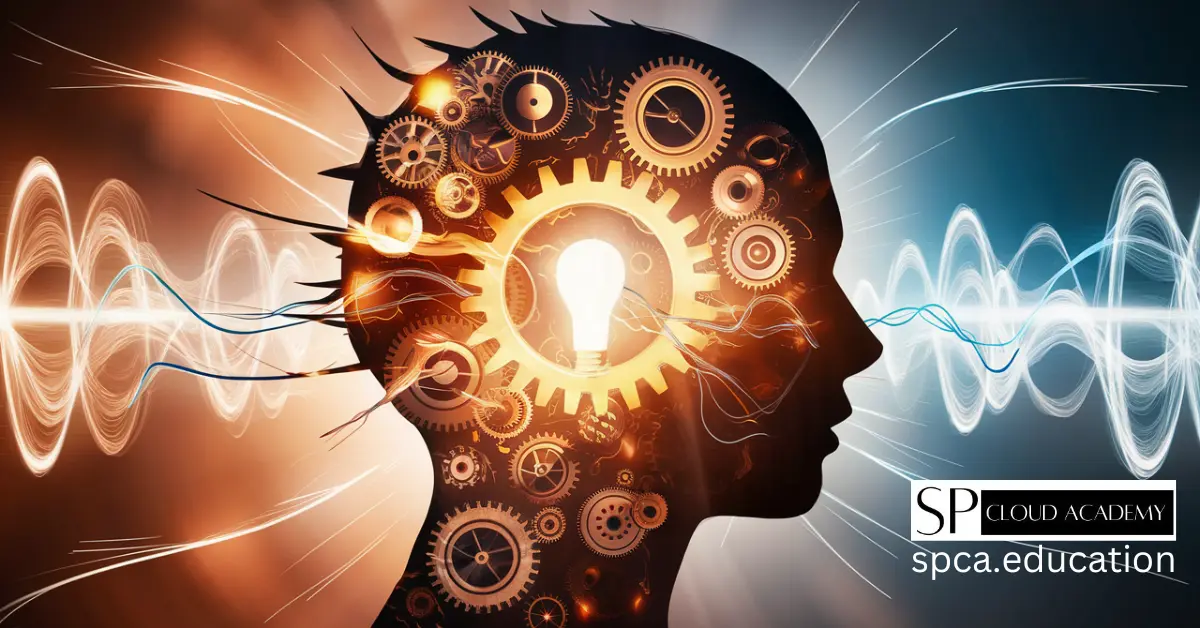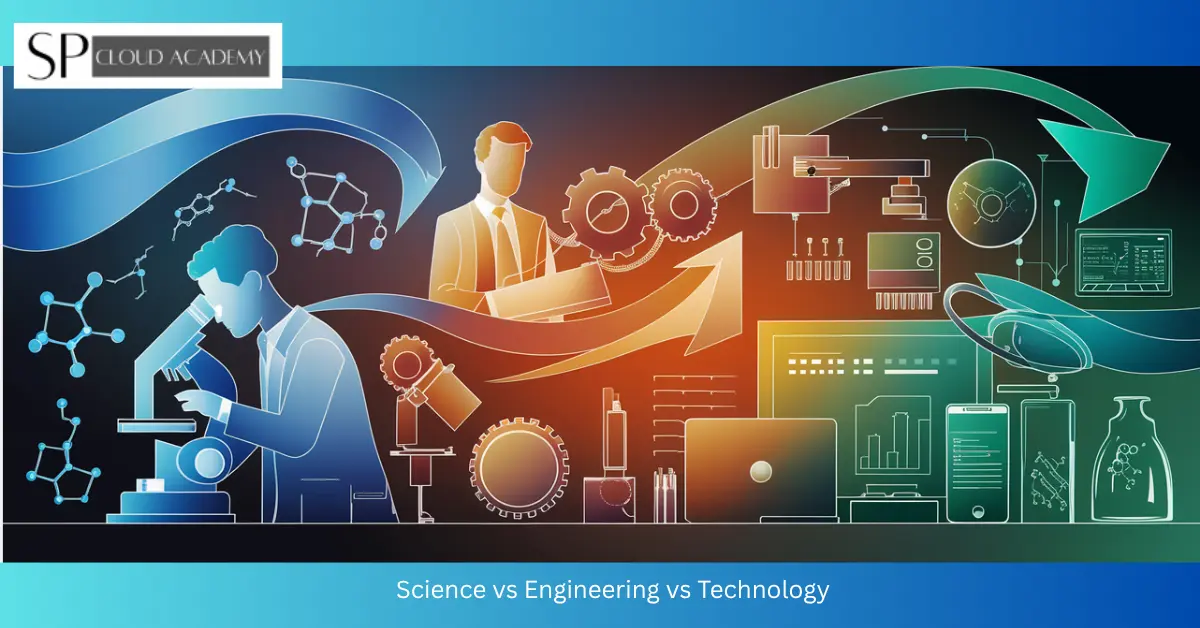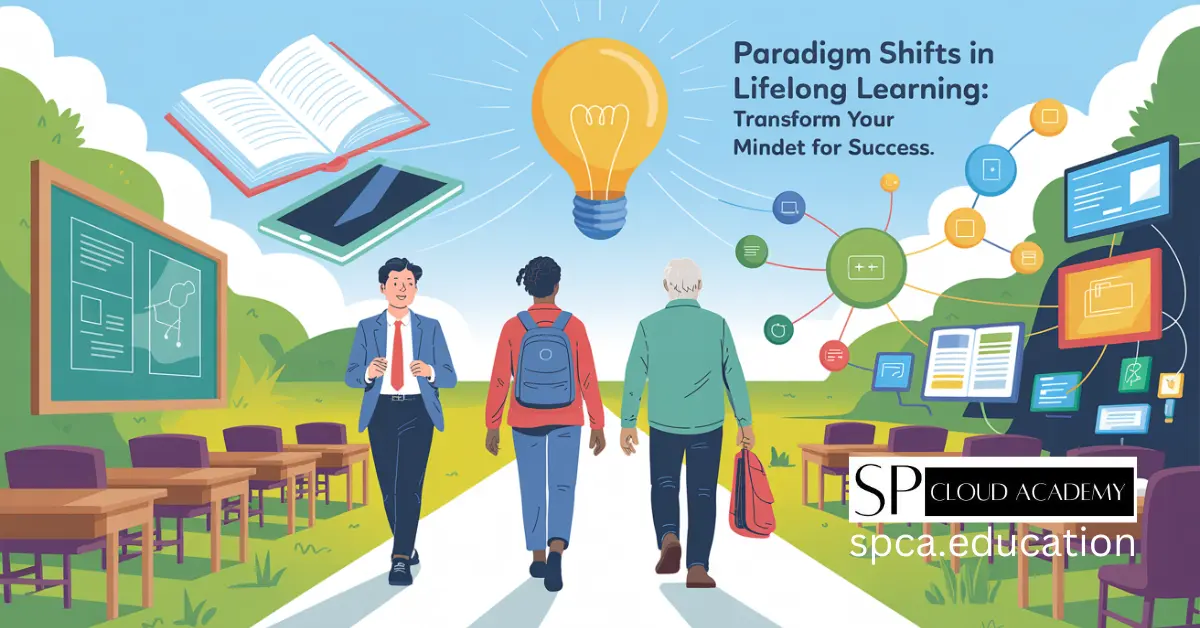Introduction: Unlocking the Psychology of Human Drive
What makes someone leap out of bed excited to tackle the day while another hits the snooze button repeatedly? The answer lies deep within motivation theory, a fascinating field that reveals the invisible forces shaping our choices, behaviors, and ultimate success. Understanding these hidden mechanisms can transform how we approach goals, relationships, and personal growth.
For decades, psychologists have studied what truly drives human behavior, uncovering surprising truths that challenge common assumptions. Many people believe motivation is simply about willpower or discipline, but the reality is far more nuanced. Our brains respond to complex combinations of biological impulses, emotional needs, and environmental triggers that operate largely beneath conscious awareness.
This exploration goes beyond surface-level advice to examine the scientific foundations of motivation. We’ll discover why some incentives backfire, how our deepest psychological needs fuel persistence, and what separates fleeting enthusiasm from lasting commitment. Whether you’re struggling to maintain healthy habits, leading a team, or simply curious about human nature, understanding these principles offers practical insights for everyday life.
The journey through motivation theory reveals that we’re not always rational actors pursuing logical goals. Instead, we’re emotional beings influenced by evolutionary programming, social dynamics, and cognitive biases. By recognizing these patterns, we gain power over automatic responses and can design better systems for achievement.
The Evolution of Motivation Theory: From Instinct to Self-Actualization
Motivation theory has undergone dramatic shifts since its inception. Early behaviorists like Ivan Pavlov and B.F. Skinner believed humans were essentially programmable machines responding to rewards and punishments. Their stimulus-response models dominated psychology for decades, treating motivation as a simple equation of carrots and sticks.
However, this mechanical view proved incomplete. Abraham Maslow revolutionized the field in 1943 with his hierarchy of needs, proposing that human motivation extends far beyond basic survival. His pyramid model suggested we progress through physiological needs, safety, belonging, esteem, and finally self-actualization. This framework acknowledged that humans seek meaning and personal growth, not just pleasure or pain avoidance.
Frederick Herzberg’s two-factor theory further complicated the picture in the 1950s. He distinguished between hygiene factors that prevent dissatisfaction and motivators that create genuine satisfaction. Surprisingly, salary and working conditions merely prevented unhappiness, while achievement and recognition truly inspired performance. This revelation challenged simplistic reward-based management strategies.
The cognitive revolution brought another paradigm shift. Researchers like Edward Deci and Richard Ryan developed Self-Determination Theory, emphasizing three universal psychological needs: autonomy, competence, and relatedness. Their work demonstrated that external rewards could actually undermine intrinsic motivation, a counterintuitive finding with profound implications.
Today’s understanding integrates biological, psychological, and social perspectives. Neuroscience reveals how dopamine circuits create anticipation and pleasure, while evolutionary psychology explains why certain goals feel inherently compelling. This multidimensional view acknowledges that motivation isn’t one thing but a complex interplay of systems working simultaneously.
Intrinsic vs. Extrinsic Motivation: The Surprising Truth About Rewards
The distinction between intrinsic and extrinsic motivation represents one of psychology’s most important discoveries. Intrinsic motivation comes from within—the joy of learning, satisfaction of mastery, or pleasure of creative expression. Extrinsic motivation relies on external factors like money, praise, or avoiding punishment. Most people assume combining both creates maximum motivation, but research tells a different story.
Studies consistently show that adding external rewards to intrinsically motivating activities can backfire spectacularly. When children who loved drawing received prizes for their artwork, they subsequently drew less in their free time. Adults paid for solving puzzles enjoyed the task less and showed reduced creativity. This “overjustification effect” occurs because external rewards shift our focus from inherent satisfaction to instrumental outcomes.
The implication is profound: rewards can transform play into work. When we’re paid for something we previously enjoyed, our brain reinterprets the activity as labor rather than leisure. The external reward becomes the reason for engagement, crowding out internal drive. Once the reward disappears, so does motivation, since the intrinsic pleasure has been undermined.
However, not all extrinsic motivators are equally harmful. Unexpected rewards don’t damage intrinsic motivation because they don’t create conditional engagement. Similarly, rewards for boring or uninteresting tasks can be useful since there’s little intrinsic motivation to undermine. The key is matching motivational strategies to task characteristics and individual needs.
Understanding this dynamic helps explain workplace dilemmas, educational challenges, and personal goal struggles. The secret lies in preserving autonomy and competence feelings while using external incentives judiciously. When people feel controlled by rewards, motivation suffers; when they feel supported by them, engagement flourishes.
The Neuroscience of Motivation: How Your Brain Creates Drive
Beneath every motivated behavior lies intricate brain chemistry orchestrating desire, effort, and satisfaction. The mesolimbic dopamine pathway, often called the brain’s reward circuit, plays a starring role. Contrary to popular belief, dopamine doesn’t create pleasure—it generates anticipation and wanting, propelling us toward goals before we’ve achieved them.
This distinction matters enormously. Dopamine spikes when we expect rewards, not primarily when we receive them. It’s the neural signature of motivation itself, energizing goal-directed behavior. This explains why anticipating vacation can feel more exciting than the actual trip, or why pursuing goals sometimes feels more thrilling than achieving them. Our brains are wired for the chase.
The prefrontal cortex provides crucial regulation, enabling delayed gratification and long-term planning. It weighs immediate desires against future consequences, creating the capacity for self-control. When this executive function is depleted through stress, fatigue, or decision overload, our ability to resist temptation plummets. This explains evening chocolate binges after willpower-intensive days.
The amygdala adds emotional coloring to our motivational calculus. It tags experiences as pleasant or threatening, creating approach or avoidance tendencies. Negative emotional associations can sabotage motivation even when logical reasons exist for action. Conversely, positive emotional connections make tasks feel effortless and engaging.
Importantly, these brain systems don’t operate in isolation. They form networks that integrate memory, emotion, and reasoning. Understanding this neurobiology reveals why motivation isn’t simply about trying harder—it’s about working with our brain’s natural tendencies rather than against them.
Self-Determination Theory: The Three Universal Psychological Needs
Self-Determination Theory stands among psychology’s most empirically supported frameworks for understanding human motivation. Developed by Deci and Ryan, it proposes that all humans share three fundamental psychological needs: autonomy, competence, and relatedness. When these needs are satisfied, we experience vitality, growth, and wellbeing. When thwarted, motivation withers regardless of external incentives.
Autonomy represents our need to feel volitional and self-endorsing in our actions. It’s not about independence or isolation but rather experiencing choice and psychological freedom. People with high autonomy feel their behaviors reflect personal values rather than external pressure. Micromanagement, controlling language, and rigid rules all undermine autonomy, creating resentment and reducing engagement.
Competence reflects our desire to feel effective and capable. Humans are naturally driven to master challenges and expand abilities. This need explains why video games are so compelling—they provide constant feedback about skill development and offer challenges calibrated to ability. In contrast, tasks that feel too easy breed boredom while impossibly difficult ones create helplessness.
Relatedness captures our fundamental social nature and desire for connection. We want to feel significant to others and experience genuine belonging. This need explains why social rejection hurts physically and why collaborative goals often sustain motivation better than solitary ones. Workplaces and schools that foster community support see dramatically higher engagement.
The beauty of Self-Determination Theory lies in its universality and practicality. Across cultures, ages, and domains, satisfying these three needs predicts motivation, performance, and wellbeing. Whether designing organizations, parenting strategies, or personal development plans, supporting autonomy, competence, and relatedness creates conditions where human potential flourishes.
The Dark Side of Motivation: When Drive Becomes Destructive
Not all motivation leads to positive outcomes. The same psychological mechanisms that fuel achievement can spiral into obsession, burnout, and self-destruction. Understanding motivation’s shadow side is essential for sustainable success and mental health. The path from healthy ambition to dangerous compulsion is shorter than most people realize.
Workaholism exemplifies how cultural values can transform adaptive motivation into pathology. While society celebrates tireless dedication, research shows workaholics experience more anxiety, depression, and health problems than balanced achievers. They’re driven not by passion but by fear—of failure, irrelevance, or inadequacy. Their motivation is controlled rather than autonomous, creating a treadmill they can’t escape.
Perfectionism represents another motivational distortion. Healthy striving pursues excellence while accepting imperfection; unhealthy perfectionism sets impossible standards then beats itself up for inevitable shortcomings. This orientation correlates with eating disorders, anxiety, and depression. The motivation to avoid failure overwhelms the satisfaction of success, turning achievement into constant stress.
Addiction reveals how motivation’s neural circuits can be hijacked. Substances and behaviors that spike dopamine create powerful cravings that override rational decision-making. The wanting system becomes hypersensitive while the liking system remains unchanged, producing desperate pursuit of experiences that no longer bring genuine pleasure. Understanding this helps explain why willpower alone rarely conquers addiction.
Competitive environments can also foster destructive motivation. When success requires others’ failure, motivation becomes zero-sum and relationships turn instrumental. The drive to win overshadows ethical considerations, learning opportunities, and wellbeing. Sports scandals, corporate malfeasance, and academic cheating all demonstrate what happens when winning becomes everything.
Goal-Setting Science: Why Some Objectives Inspire While Others Deflate
Not all goals are created equal. Research reveals specific characteristics that separate energizing objectives from demotivating ones. Edwin Locke’s goal-setting theory provides evidence-based principles, showing that specific, challenging goals consistently outperform vague, easy ones. However, the full picture is more nuanced than simple difficulty adjustment.
Goals must strike a delicate balance. Too easy and they bore us; too difficult and they overwhelm. The sweet spot lies slightly beyond current capability—challenging enough to require growth but achievable with sustained effort. This zone of proximal development, as psychologist Lev Vygotsky called it, maximizes both motivation and learning. Calibrating this difficulty level requires honest self-assessment and adjustment over time.
Specificity matters enormously. “Get healthier” lacks motivational power compared to “walk 30 minutes daily.” Specific goals create clear success criteria, enable progress tracking, and reduce ambiguity about what actions to take. They transform abstract aspirations into concrete behavior, bridging the gap between intention and action.
Approach goals generally outperform avoidance goals. Working toward something positive feels more energizing than trying to prevent something negative. “Increase vegetable intake” motivates better than “stop eating junk food,” even though they target similar outcomes. Our brains respond more powerfully to gains than losses, making positive framing crucial.
Personal goal ownership dramatically affects motivation. Imposed goals rarely inspire the same commitment as self-chosen ones, even when content is identical. This returns to autonomy—we’re far more motivated when we feel goals reflect our values rather than others’ expectations. The most powerful objectives align with identity and purpose, answering not just “what” but “why.”
The Role of Meaning and Purpose in Sustained Motivation
Viktor Frankl, who survived Nazi concentration camps, concluded that humans can endure nearly any suffering if they find meaning in it. His observation reveals a profound truth: purpose provides motivation that outlasts pleasure and transcends pain. People with strong sense of purpose demonstrate greater resilience, persistence, and life satisfaction than those chasing fleeting rewards.
Purpose differs fundamentally from goals. Goals are specific achievements we pursue; purpose is the broader significance we attribute to our existence. Goals can be completed; purpose endures as a orienting principle. Someone might have a goal to run a marathon but a purpose to inspire healthy living in their community. The goal provides direction; the purpose provides fuel.
Research on “ikigai”—a Japanese concept roughly translating to “reason for being”—shows that people with clear life purpose live longer, healthier lives. They experience less stress, recover faster from illness, and maintain cognitive function longer. Purpose literally affects physical health by reducing inflammation markers and improving immune function. The mind-body connection operates powerfully through meaning.
Organizations increasingly recognize purpose as a motivational force. Companies articulating compelling missions beyond profit see higher employee engagement and customer loyalty. Workers want to contribute to something larger than quarterly earnings. When people understand how their daily tasks serve meaningful purposes, even mundane work gains significance.
Discovering personal purpose isn’t always easy. It often emerges through reflection on values, strengths, and what breaks your heart about the world. Purpose typically involves serving others or contributing to causes beyond self-interest. This outward orientation paradoxically creates deeper personal fulfillment than self-focused pursuits. We find ourselves by losing ourselves in something greater.
Social Motivation: How Others Shape Our Drive
Humans are profoundly social creatures, and our motivation rarely operates in isolation. Social comparison, peer influence, and cultural norms all shape what we want and how hard we’ll work for it. Understanding these social dimensions reveals why identical incentives produce different results depending on interpersonal context.
Social comparison theory, developed by Leon Festinger, explains our tendency to evaluate ourselves by comparing to others. This drives much modern motivation—we want that promotion partly because colleagues got one, or pursue fitness goals after seeing friends’ success. Upward comparison (to those ahead) can inspire or demoralize, while downward comparison (to those behind) provides comfort but reduces drive.
Social proof powerfully influences behavior. When we see others doing something, we infer it’s correct or desirable. This explains viral trends, bandwagon effects, and herd behavior. Restaurants display long lines to attract customers; fundraisers publicize donor lists; weight loss programs emphasize community success stories. We’re wired to follow the crowd, for better or worse.
Accountability partners and social commitment boost goal achievement. Public declarations create social pressure to follow through, leveraging our desire to appear consistent and reliable. This explains why group fitness classes outperform solo workouts and why mastermind groups aid business success. The social dimension transforms private struggles into shared journeys.
However, social motivation has pitfalls. Keeping up with peers can fuel unhealthy comparison and never-enough mentality. Social media amplifies this, presenting curated highlight reels that distort reality and fuel inadequacy. The motivation to perform for others can override authentic self-expression, creating exhausting facades rather than genuine growth.
Habit Formation: When Motivation Becomes Automatic
The most powerful form of motivation eventually transcends conscious effort through habit formation. Charles Duhigg’s “The Power of Habit” and James Clear’s “Atomic Habits” have popularized neuroscience showing how repeated behaviors become automatic. Understanding habit loops reveals how to make motivation sustainable rather than exhausting.
Habits operate through a three-part loop: cue, routine, reward. The cue triggers the behavior, the routine is the behavior itself, and the reward reinforces it. Initially, this cycle requires conscious attention, but repetition transfers control to the basal ganglia, freeing up mental resources. This neurological process explains why established habits feel effortless while new behaviors demand willpower.
The critical insight is that habits eliminate decision-making. You don’t debate whether to brush teeth—you just do it. Successful people often attribute achievements to discipline, but research suggests they’ve simply made desired behaviors habitual. They’ve automated healthy choices, removing daily negotiation with motivation. The key is starting small and building gradually.
Environmental design dramatically affects habit formation. Making good behaviors easy and bad ones difficult leverages path of least resistance. Putting running shoes by the bed reduces friction for morning exercise; removing junk food from the house eliminates temptation. Since habits follow environmental cues, strategic design can make motivation largely unnecessary.
Identity-based habits prove most durable. Rather than outcome-focused (“I want to lose weight”), identity-focused approaches work better (“I’m a healthy person”). Each small action becomes a vote for this identity, creating self-reinforcing motivation. The goal isn’t running a marathon but becoming a runner. This subtle shift transforms motivation from external achievement to internal congruence.
Cultural Differences in Motivation: East Meets West
Motivation isn’t culturally neutral. Psychological research has historically focused on Western, educated, industrialized, rich, and democratic (WEIRD) societies, but cross-cultural studies reveal profound differences in what drives behavior. Understanding these variations challenges assumptions about universal human nature and offers alternative motivational frameworks.
Individualistic cultures like the United States emphasize personal achievement, autonomy, and standing out. Success means distinguishing yourself from others. Eastern collectivist cultures prioritize group harmony, social obligation, and fitting in. Success means contributing to collective wellbeing. These fundamental differences shape everything from career choices to daily decisions.
Research on intrinsic motivation yields culturally dependent results. While autonomy powerfully motivates Westerners, East Asians often feel equally motivated by familial expectations or social duty. The distinction between self-determined and externally motivated blurs when cultural identity deeply integrates family and community. What appears as external pressure in individualistic frameworks feels like authentic self-expression in collectivist ones.
Achievement motivation also varies culturally. Western cultures celebrate individual accomplishment and self-promotion, while many Eastern cultures value modesty and collaborative success. This affects everything from workplace dynamics to educational approaches. Neither is superior—they simply reflect different values about human interdependence and proper social relations.
Face cultures add another dimension. In societies where social reputation and group harmony are paramount, motivation to preserve face (dignity, status) and maintain relationships shapes behavior powerfully. Avoiding shame can motivate as strongly as pursuing glory. Understanding these dynamics is essential for global collaboration, international management, and appreciating human diversity.
Practical Applications: Harnessing Motivation Theory for Real Results
Understanding motivation theory intellectually differs from applying it practically. The gap between knowledge and action defeats many people, but specific evidence-based strategies can translate theory into tangible results. These applications work across personal goals, professional settings, and educational contexts.
Start by auditing your three basic psychological needs. Evaluate whether your goals and environment support autonomy, competence, and relatedness. If you’re pursuing someone else’s dreams or operating in controlling environments, motivation will remain fragile. Redesign goals to reflect authentic values and seek or create contexts that support rather than undermine these needs.
Implement strategic procrastination by separating planning from execution. The planning fallacy causes us to underestimate task difficulty and time requirements. Instead of diving in, spend time visualizing obstacles you’ll encounter and pre-committing to if-then responses. This mental rehearsal strengthens follow-through by preparing for inevitable challenges.
Use temptation bundling to pair unpleasant necessities with pleasures. Only watch favorite shows while exercising, or save special coffee for focused work sessions. This technique hijacks our brain’s reward circuitry, creating positive associations with previously aversive tasks. Over time, the activities themselves become more enjoyable.
Build motivational architecture through environment design. Remove friction from desired behaviors and add it to undesired ones. Want to read more? Place books everywhere. Want less phone time? Charge devices outside the bedroom. Small environmental tweaks produce surprisingly large behavioral shifts by working with rather than against human nature.
Track progress visibly and celebrate small wins. Progress itself is motivating, but only if we notice it. Visual tracking—charts, journals, photos—provides concrete evidence of advancement that fuels continued effort. Celebrating milestones, however small, activates reward circuitry and reinforces identity as someone who achieves goals.
Conclusion: The Future of Understanding Human Drive
Motivation theory continues evolving as neuroscience, psychology, and behavioral economics reveal new insights about human nature. We’ve moved beyond simplistic carrot-and-stick models to appreciate motivation’s complexity—the interplay of brain chemistry, psychological needs, social influences, and meaning-making that drives behavior.
The hidden secrets behind motivation challenge many cultural assumptions. More money, praise, or discipline aren’t always the answer. Sometimes external rewards backfire. Sometimes social pressure helps; sometimes it hinders. Effective motivation requires matching strategies to individuals, tasks, and contexts rather than applying universal formulas.
Perhaps the deepest secret is that sustainable motivation aligns external pursuits with internal values. When goals express authentic selves, serve meaningful purposes, and occur in supportive environments, motivation feels less like forcing and more like flowing. The struggle isn’t eliminated—growth requires challenge—but it becomes sustainable rather than depleting.
Looking forward, personalized motivation science promises tailored approaches based on individual differences in personality, neurobiology, and circumstances. Technology enables unprecedented tracking and intervention, though ethical questions about manipulation and autonomy loom large. The challenge will be using these tools to support human flourishing rather than exploit psychological vulnerabilities.
Ultimately, understanding what drives human behavior isn’t just academic—it’s deeply practical and profoundly personal. Whether you’re leading organizations, raising children, teaching students, or navigating your own goals, these principles offer guideposts. The hidden secrets of motivation, once revealed, become tools for creating lives of purpose, achievement, and genuine satisfaction.
See Also
-

The Ultimate Guide to Brainstorming: How to Turn Any Idea into Gold
-

The Hidden Secrets Behind Motivation Theory: What Really Drives Human Behavior
-

Short and Smart or Long and Strong? Choosing Between Skill-Based and Professional Diplomas
-

What’s the Real Difference Between Science, Engineering, and Technology?
-

Equality or Equity? The Hidden Key to Truly Inclusive Classrooms
-

Equality vs. Equity: Why Treating Everyone the Same Isn’t Always Fair
-

Teaching vs. Facilitating: Which Approach Shapes the Future of Engineering Education?
-

Paradigm Shifts in Lifelong Learning: Transform Your Mindset for Success
-

From Trend to Transformation: The Rise of Paradigm in Modern Life